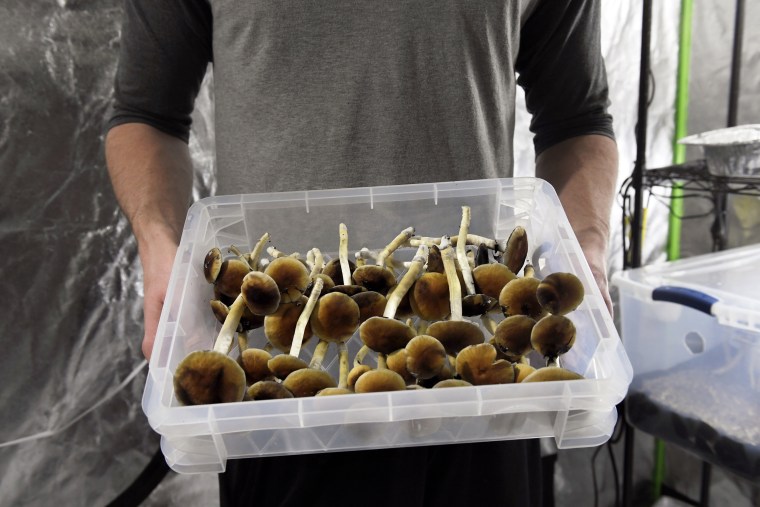Canada is vast and weirdly empty between the cities. Those empty stretches hide some incredible regional food producers, craft makers, and cultural experiences that big-city shopping completely misses, though.
A shopping road trip isn’t about hunting outlet malls for discount Nikes. It’s about discovering what different parts of the country actually make, eat, and care about deeply. Quebec has cheese producers, BC has Indigenous art, Nova Scotia runs craft distilleries, farmers’ markets literally everywhere put grocery stores to shame. Best road trips balance planning with randomness. Some structure helps you actually find cool stuff instead of just hoping you stumble onto something good by total accident.
Canadian geography is absolutely bonkers when you really think about it. What looks like a totally doable drive on Google Maps turns into six hours of endless trees and the occasional Tim Hortons.
Local food sources matter, practical conveniences too, like mushroom delivery Canada if you’re exploring wellness products during the trip. Modern services honestly make remote travel way less painful than it used to be, even ten years ago.
1. Build Routes Around What Each Region Does Best
Every part of Canada has specialties absolutely worth seeking out on purpose. BC’s Okanagan Valley? Wineries and fruit stands are everywhere you look. Alberta crushes craft breweries and obviously beef producers. Saskatchewan and Manitoba have killer Indigenous art galleries and craft markets. Ontario’s Niagara region mixes wineries with artisan food makers doing really interesting stuff.
Quebec straight up owns cheese, maple products, and craft cider. The Maritimes destroy it with seafood, craft spirits, and this whole coastal food culture thing. Plan routes that hit areas known for stuff you genuinely care about, not just randomly driving.
2. Farmers’ Markets Show Real Regional Identity
During the growing season, weekend farmers’ markets are held in almost every Canadian municipality. These are not dull produce stands that sell identical goods as Safeway. These are real events that showcase local crafts, cuisine, and community identity. You discover items that shops genuinely never stock. heritage-bred meats, wild-foraged mushrooms, and preserves made by some grandmothers using their long-kept, top-secret secrets.
Additionally, markets put you in touch with manufacturers directly, who will suggest other local establishments that are worth seeing.
3. Indigenous Art Deserves Your Attention and Money
The artwork created by First Nations, Métis, and Inuit artists reflects both contemporary creativity and deeply ingrained cultural traditions. In addition to providing you with access to genuinely unique artwork, looking for Indigenous-owned galleries and co-ops directly benefits artists. Coastal British Columbia is home to amazing jewelry and carvings. Excellent textiles and beadwork can be found in the prairie areas. Soapstone prints and carvings are sold in northern settlements.
These are not the gloomy airport souvenir shops that sell mass-produced items from foreign countries. This is a serious piece of art that is worth investing in and collecting.
4. Canada’s Craft Alcohol Scene Exploded
The craft alcohol situation in Canada exploded hugely over the last decade or so. Most regions have exceptionally small producers making spirits, beer, and cider, worth planning entire stops around. Lots of them offer tours, tastings, and bottle sales right there. Eastern Ontario has craft distilleries producing legit world-class gin and whiskey now.
Nova Scotia’s craft breweries honestly compete with anywhere on earth. Quebec’s cider producers make beverages that completely shame anything you’ll find in regular stores. BC’s craft scene somehow covers literally everything from sake to mead.
Conclusion
Road trips built around food and craft teach you things about Canada that standard tourist attractions totally miss. You learn what different regions actually value, how geography genuinely shapes culture, and what people are legitimately proud enough of to share with random strangers passing through their towns.
Your trunk ends up packed with maple syrup, smoked fish, handmade pottery, local honey, craft spirits, and art that tells real stories instead of just looking pretty. The memories attached to those purchases, though? That matters way more than the actual objects themselves, honestly.

